Beyond Noma: The Copenhagen Restaurants Continuing to Elevate Nordic Cuisine

The restaurant that embodies contemporary Danish cuisine may have closed for regular bookings but Noma’s legacy lives on in Copenhagen at almost every culinary turn.
The weather is slightly overcast, the temperature a little cool – just right for walking in Copenhagen. I’m on a quest. I’ve planned an early morning stroll along the harbour and out to the Langelinie Pier. Within 20 minutes of leaving the historic waterfront district of Indre By, I’m standing in front of The Little Mermaid, Denmark’s world-famous statue. I’ve read the reviews – the general consensus is she’s a bit underwhelming – but that couldn’t be further from the truth. In the early morning light, with not another soul around, she’s glorious. The sun glints off her bronze body and you can see every curve.
But iconic statues aren’t the reason I’m up and out so early. I’m on the hunt for Copenhagen’s best cardamom bun, the traditional Scandinavian pastry made from a yeasted dough layered with butter, sugar and crushed cardamom kernels. I’ve sampled the next-level cardamom croissant at Hart Bageri – sticky and caramely outside with layers of croissant-like pastry inside – but I’ve heard of another contender at Juno the Bakery so I keep moving.
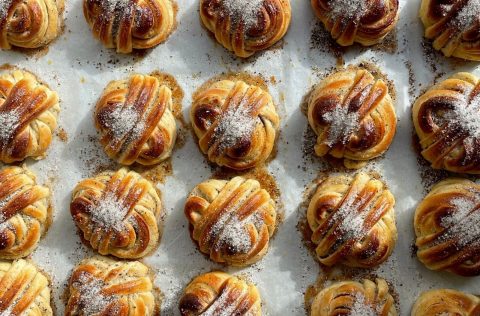
Walking in Copenhagen is a breeze. It’s a flat city designed for easy movement, whether on foot, bicycle or public transport. I meander through upscale Østerbro, known for its designer shops and leafy parks, before crossing for awhile into the edgier Nørrebro, keeping an eye out for street art as I go. A lot of the apartment entryways are arched with rose bushes in bloom, making it slow going as I snap pictures on my phone. By the time I arrive, just after 8am, Juno the Bakery is heaving. Locals stream out, clutching plain white bags that hold the promise of freshly baked pastries. The twin aromas of just-brewed coffee and still-hot sweet treats hit me as I walk through the door.
I watch the bakers at work as I wait so the queue moves fast and I’m soon ordering a cardamom bun and caramelised apple and rhubarb brioche. The cardamom bun is a golden knot of pastry with a sugary crust and it takes only one bite to realise that I should have ordered more of them. “It’s soft, moist and incredibly fragrant, with several layers of texture, from the caramelised bottom with crisp little bits of caramel to the very soft centre,” says owner Emil Glaser of his masterpiece.
Glaser, a pastry cook, previously worked at Noma, the fabled Michelin-starred restaurant, food innovation lab and influential training ground for chefs. It’s now only open for occasional events but is still widely regarded as one of the best. “We’re incredibly lucky to have Noma in our city,” says Glaser. “I think it’s natural that when a lot of very talented people work at a very good restaurant, good things will come out of it.”
Those “good things” equate to a city that’s just waiting to be explored and tasted. “Copenhagen has some of the most exciting bakeries, coffee bars and restaurants in the world, all within bicycle distance,” he says.
Ten minutes from the Admiral hotel, where my partner and I are staying, is the restaurant Barr, located in the former Noma building in Christianshavn, a well-trodden stop on any food tour of the capital.
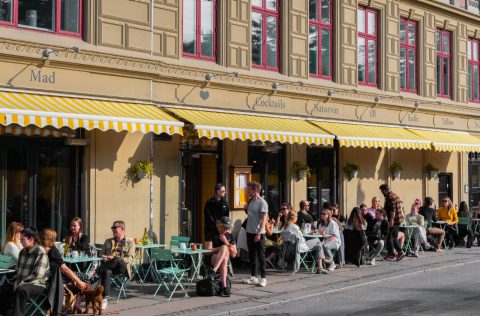
Chef and owner Thorsten Schmidt knows diners may be drawn in by the Noma effect but says Barr (originally launched by Schmidt and Noma co-founder René Redzepi in 2017) is much more than that. “Being located in the former Noma space does create some sense of nostalgia,” he says. “However, we’re proud to offer a distinct and unique culinary journey that honours the roots of Danish cuisine.” The restaurant’s interior also feels distinctly Scandinavian, with stone walls, an oak floor and a carved wooden counter that runs almost the length of the dining room.
To get a sense of the food, we decide on the four-course tasting menu from the wider offering of fresh fish, game and foraged herbs. The standouts are baked cod wrapped in spinach and ramson (wild garlic), which is somehow delicate, vibrant and succulent all at the same time, and beef tartare with smoked cheese, radish and salted gooseberries that’s understated but packed with flavour.
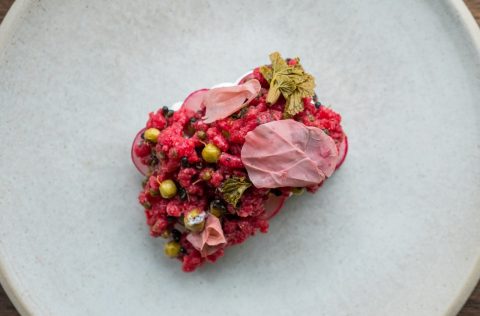
After dinner we wander back to our hotel. Our room looks directly across the harbour to the Copenhagen Opera House and we’re next door to the Amalienborg Palace, the sometimes-home of the Danish royal family. Every time we head out and return, I walk through the Palace Square to check if the flags are flying, which means the family is in residence.
Over the following days we hunt out more “good things”, walking everywhere or jumping on the easy-to-use Metro. I try a famous Nordic hotdog at the Reffen street-food market, a messy but delicious affair, drink local craft beer at Mikkellar, a mix of familiar styles and quirky flavours, and eat burgers from POPL, which is run by Noma alumni serving organically simple staples and a set menu at night.
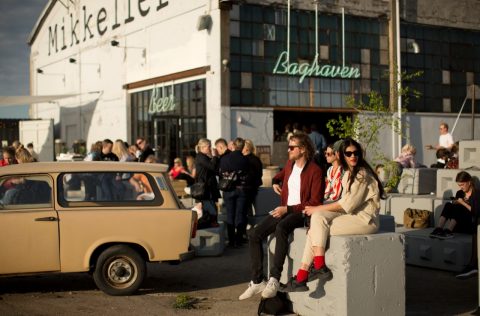
“No visit to Copenhagen is complete without enjoying a traditional Danish smørrebrød,” says Sandra Sibelle, a guide with Copenhagen by Mie & Friends, which specialises in small-group walking tours focused on bakeries and chocolate shops. “The open-faced rye bread sandwich dates back to the early industrial era, when Copenhagen’s workers sustained themselves on fedtemadder – slices of rye bread topped with lard. Today, smørrebrød is a cornerstone of Nordic cuisine with endless creativity in the toppings.” We sample the classic sandwiches at the fine-dining restaurant Selma and they are an unforgettable visual feast.
Sibelle says Noma has had a transformative effect on the city. “The chefs from there – and other pioneers of the New Nordic movement – reintroduced us to nature. They encouraged us to rediscover what we’d long overlooked as food: leaves, twigs, wild herbs, mussels growing along the harbour, even insects.”
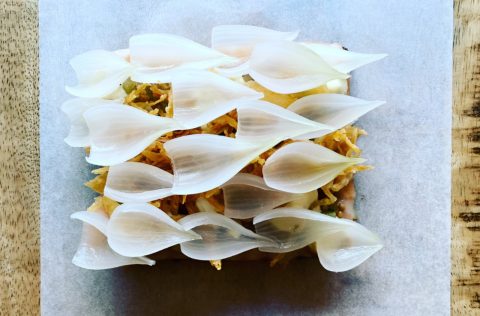
The groundbreaking restaurant, she says, taught Danes that “delicacies can be found in the overlooked and the ordinary” – and to expect the best. “Now, as a local, I’ve grown accustomed to an elevated standard of quality. Even a simple morning bun with cheese is expected to feature sourdough bread, organic butter and Danish North Sea cheese.”
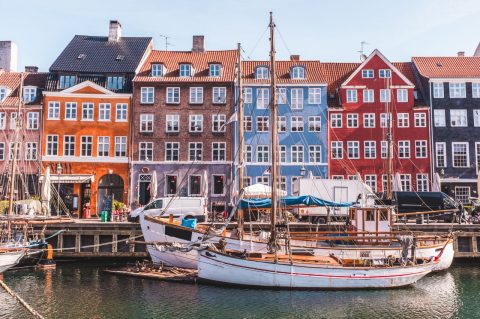
Start planning now
SEE ALSO: 15 Places to Visit in Europe Next
Image credit: Daniel Rasmussen (main image; alfresco dining in Nørrebro neighbourhood; Barr); Juno the Bakery (cardamom buns); Mikkellar craft brewery and bar


